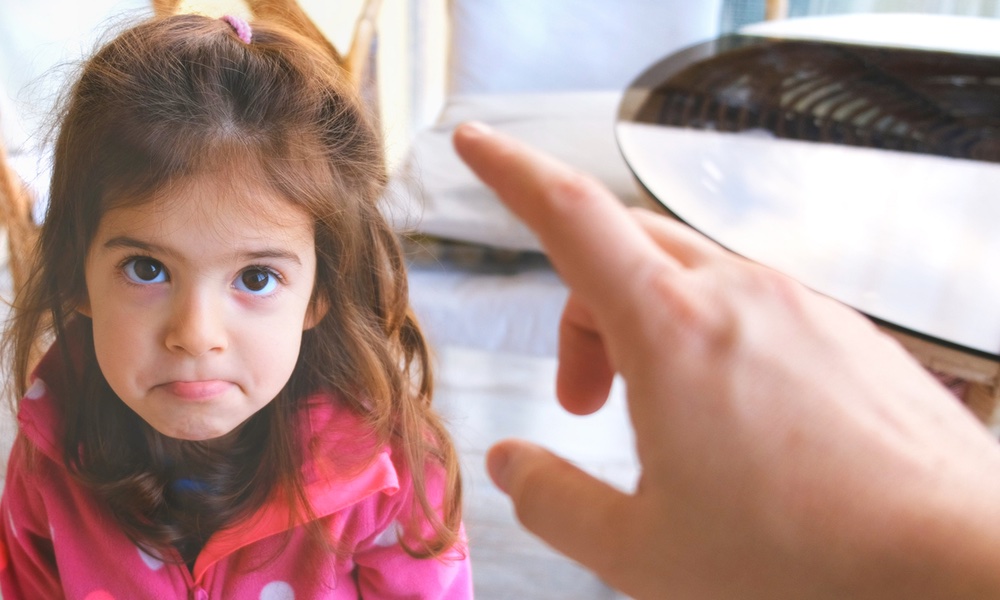Where do teenagers and children go when they are having emotional problems? Not to the doctor, but to the emergency room. That's the message of a recent study examining the overuse of ERs.
Why didn't the patients turn to their already-established relationships with mental health providers or treatment centers when they or their children were in crisis? The researchers came up with several potential explanations.
The emergency room is not the ideal place to deal with psychiatric problems of children and teens with urgent emotional and behavioral issues but who are not suicidal or psychotic. Most ERs do not have staff specifically trained to handle mental health needs, although they usually have consultants available on call. Yet, children and teens continue to flood the ERs with urgent and non-urgent mental health concerns.
The study looked at 2900 records of children and teens admitted to the Johns Hopkins Hospital Pediatric Emergency Department over eight years. It identified 338 youths (aged 3 to 17 years) who had an initial visit for a psychiatric crisis and then presented for a second such visit within 6 months, suggesting both that the children were at high risk for behavioral problems and that they had chosen to go to the ER the second time rather than a mental health provider.
Why didn't the patients turn to their already-established relationships with mental health providers or treatment centers when they or their children were in crisis? The researchers came up with several potential explanations. There may be a stigma attached with use of mental health facilities or a lack of understanding about the nature of mental health treatments. The access to outpatient care including availability of appointments and the hours of service may be unfavorable to emergency needs. The after-hours coverage instructions given by of the providers/agencies themselves may recommend going to the ER for some types of acute problems.
Non-urgent psychiatric visits have contributed substantially to the increase in use of emergency rooms by the pediatric population. If the patterns of ER use for mental health problems can’t be changed, then the ability of the ER system to adequately treat and refer pediatric patients with psychiatric issues must be improved.
Behavioral health treatment is improved by continuity of care, an appropriate environment for care, access to trained mental health professionals, and timely follow-up with regular appointments. Emergency rooms are not equipped to deliver these things. So trying to change the beliefs and health care habits behind this misuse of the ER for emotional and behavioral problems is worth addressing.
Parents are advised to call their child’s primary care and/or mental health providers for advice when facing a child’s or teen's urgent mental health care issues. When personal safety is at stake, an emergency facility remains the appropriate choice. Once a relationship is established with a mental health care provider, the family should discuss what to do, whom to call, and where to go in an urgent or crisis situation. As with any health care issue, compliance with treatment plans, including therapy and medication are critical elements of care.




